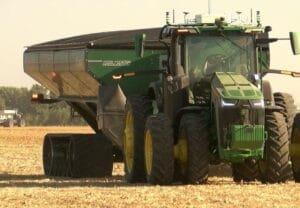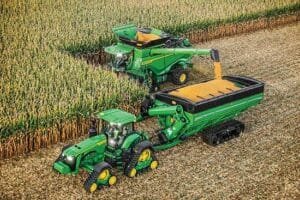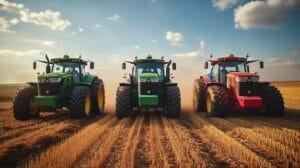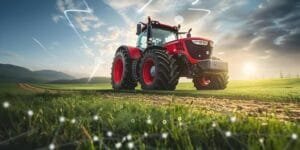The agricultural sector faces persistent labor shortages worldwide, prompting farmers to seek innovative solutions for maintaining productivity. AI-powered mini tractors have emerged as a promising technology to bridge this growing farm labor gap. These autonomous vehicles, equipped with advanced sensors and machine learning capabilities, can perform various tasks from planting to harvesting with minimal human supervision. As conventional farming methods struggle to meet modern agricultural demands, these compact robotic solutions are reshaping the way farms operate in an increasingly digital age. The agricultural sector faces unprecedented labor shortages, prompting innovative solutions that merge technology with traditional farming practices. Small-scale autonomous tractors equipped with artificial intelligence are emerging as game-changers, addressing workforce gaps while maintaining productivity levels across farmlands worldwide.
These compact machines, typically ranging from 2 to 4 feet in height, navigate through crop rows with precision using advanced sensor systems and machine learning algorithms. Their smaller footprint allows them to access areas that conventional tractors might find challenging,making them particularly valuable for specialized tasks like selective harvesting and precise pest control.
Farmers can program these units remotely through smartphone applications, defining specific field parameters and scheduling operations. The AI systems continuously learn from their habitat, adapting to changing weather conditions, soil variations, and crop patterns. This learning capability ensures optimal performance while minimizing the risk of crop damage or operational errors.
The economic impact of these automated solutions extends beyond mere labor replacement. Initial studies indicate a 30% reduction in operational costs when implementing AI-powered mini tractors, primarily through decreased fuel consumption and maintenance requirements. Additionally, these machines can operate continuously, maximizing field coverage during crucial farming periods.
Environmental benefits accompany the technological advantages. The precise application of fertilizers and pesticides reduces chemical waste, while smaller engines result in lower emissions compared to traditional farming equipment. Soil compaction, a common issue with larger machinery, is significantly minimized due to the lighter weight distribution of these autonomous units.
Manufacturing companies are rapidly developing specialized attachments for these platforms, expanding their functionality across various agricultural applications. From seedling transplantation to targeted weed removal, the versatility of these systems continues to grow, making them increasingly valuable for diverse farming operations.
Real-world implementations have shown promising results across different agricultural regions. In California’s strawberry fields, automated mini tractors have successfully supplemented human workers during peak seasons, maintaining harvest schedules despite labor shortages. Similar success stories emerge from European vineyards,where precision pruning and monitoring tasks are increasingly automated.
Insurance companies and agricultural lenders are taking notice, offering specialized coverage and financing options for farms adopting these technologies. This financial support helps overcome initial investment barriers, making automation more accessible to medium and small-scale operations.As the technology matures, integration with existing farm management systems becomes seamless. Data collected by these autonomous units contributes to complete agricultural analytics,enabling better decision-making and resource allocation.The combination of artificial intelligence, compact design, and operational efficiency positions these machines as essential tools in modern farming’s evolution, effectively bridging the growing labor gap while enhancing overall agricultural productivity.












